Honors Chemistry Lab Equipment, Safety, and Syllabus
1/43
There's no tags or description
Looks like no tags are added yet.
Name | Mastery | Learn | Test | Matching | Spaced |
|---|
No study sessions yet.
44 Terms
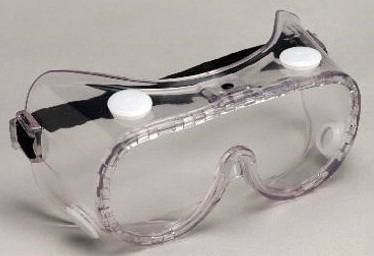
goggles
protects eyes from chemical splashes, wear them while working with glass, chemicals, or heat.
Bunsen burner
used for the heating of nonvolatile liquids and solids, can be controlled with the intake of oxygen
graduated cylinder
accurately measures liquid volumes, a tall, narrow container with a volume scale used to measure liquids, unit label will be milliliters (mL)

stirring rod
used for stirring liquids
forceps
used to pick up or hold small items
beaker
An open cylindrical container with a pouring lip; used for mixing larger amounts of substances (not used for measurement)
thermometer
measures temperature (science uses degrees in Celsius)
test tube tongs
used for holding a test tube that is too hot to handle
balance
an instrument used to measure mass, unit label will be grams(g) in our class
volumetric flask
for making up solutions to a known volume, the most accurate glassware
funnel
for pouring liquid or other substance through a small opening

utility clamp
attaches to ring stand and is used to hold laboratory glassware
mortar and pestle
Used to grind up materials into finer particles, a process called powdering
pipette
measures small amounts of liquids accurately. An instrument used to measure very small tiny volumes, usually less than a milliliter.
striker
Used to light the Bunsen Burner (Flint & Steel)
rubber stopper
used to cover ends of test tubes and flasks

spatula/scoopula
small scoop used to transfer powder and crystal chemicals(scoop on one side, spatula on the other)
test tube rack
holds 5-6 test-tubes in a row

wash bottle
used to rinse various pieces of laboratory glassware. Filled with distilled water, not tap

ring stand
holds funnels, beakers, burets, wire gauze, and other lab equipment above the table
Erlenmeyer flask
used to hold liquids, has narrow neck to prevent splashes

iron ring clamp
used with ring stand to hold a glass container

test tube
open tube used to hold liquids; long cylindrical tube opened at one end; used for combining/heating substances. When heating, face the opening AWAY from anyone
weigh boat
used for weighing and transferring powers and crystals. Used as a container while weighing a substance. TARE the balance after placing the weigh boat, but before you measure your substance.
hot plate / stir plate
used to heat and stir substances
Microwell plate (Reaction tray)
A container used to compare small amounts of chemicals at one time
beaker tongs
used for picking up beakers, large crucibles, large evaporating dishes, etc.

fire extinguisher
A portable device that puts out small fires by ejecting fire-extinguishing chemicals.
HOW to USE….. PASS
PULL… Pull the pin. This will also break the tamper seal.
AIM… Aim low, pointing the extinguisher nozzle (or its horn or hose) at the base of the fire. …
SQUEEZE… Squeeze the handle to release the extinguishing agent.
SWEEP… Sweep from side to side at the base of the fire until it appears to be out.

eye wash station and shower
Allows harmful things to be washed out of eyes

test tube brush
used to clean test tubes and graduated cylinders
Closed toed shoes
The best footwear to wear to lab is
Fire Drill
Go out the door, turn right (towards MTMS), go out the FRONT of the building (secret exit before the windows), and go to pole 1. Line up in ABC order so that the teacher may take the role.

Late work policy
labs will be accepted up to one week late for full credit, homework will not be accepted for credit

Absent Work Policy
Check the Canvas agenda for the day and email the teacher if you have any follow-up questions.
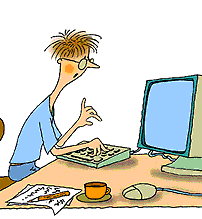
calculator
TI-84 or above (no phone or computer during quizzes or tests)
meniscus
The curved upper surface of a liquid in a tube
computer
bring it charged and ready to use to class everyday
test corrections policy
test corrections must be started within one week of the original test date

Lab Safety Hair
If you hair is below your chin, you must pull back your hair while using heat or chemicals.
Over pouring
If you over-pour your solution, do NOT pour it back into the original container… Pour extra into the sink… prevent contamination
Over measuring powders on the balance
If you over-scoop your powder, do NOT pour it back into the original container… Put extra into the sink or trash… prevent contamination

Broken Glass Container
When a piece of glassware is broken, as with any other emergency during a lab, the first action should be to notify your instructor. They will either dispose of the glassware or instruct you on what action to take.
unknown liquid spill
When there is an unknown spilled liquid or with any other emergency during a lab, the first action should be to notify your instructor. They will either clean it up or instruct you on what action to take.
waft
be driven or carried along, as by the air correct and safe way to smell chemicals in the lab
